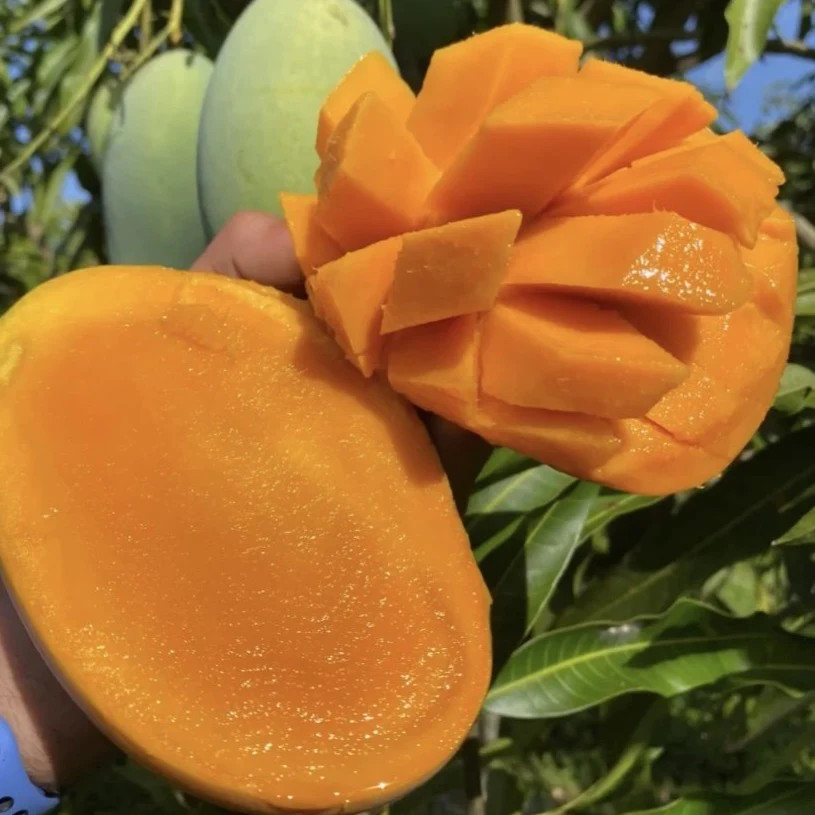Hey, if you're liking what you see thus far, how about leaving us a testimonial? 
Hey, if you're liking what you see thus far, how about leaving us a testimonial? 
 Gir Kesar mango has an interesting history. As per the research of the botanic team of Junagadh Agriculture University, these mangoes were first spotted by Junagadh Wazri, Sale Bhai, in Vanthali taluka of Junagadh. They were later sent to Sheikh Jehangir Mia of Mangrol, who was so smitten by the taste of this delicious fruit that he decided to sow the seeds in the kernel of his garden. Apparently, he named them ‘Saale ni Ambadi’
Afterward, some grafts were done on the plant. More than 70 grafts were planted at the Junagadh Laal Dori farm located on the foothills of the Girnar Mountains. Following three years of cultivation, the fruit was presented to Junagadh Nawab Babi Mahabat Khan Ji III. The taste of the mango left him mesmerized. He named it Kesar. The rest is history.
There’s another story about the origin of this mango. Reportedly, the fruit was planted by a farmer in Saurashtra and later presented to the king.
Regardless of the story of its origin, one fact remains the same – once tasted, the flavor of this fruit will linger in your mouth for the longest time.
Gir Kesar mango has an interesting history. As per the research of the botanic team of Junagadh Agriculture University, these mangoes were first spotted by Junagadh Wazri, Sale Bhai, in Vanthali taluka of Junagadh. They were later sent to Sheikh Jehangir Mia of Mangrol, who was so smitten by the taste of this delicious fruit that he decided to sow the seeds in the kernel of his garden. Apparently, he named them ‘Saale ni Ambadi’
Afterward, some grafts were done on the plant. More than 70 grafts were planted at the Junagadh Laal Dori farm located on the foothills of the Girnar Mountains. Following three years of cultivation, the fruit was presented to Junagadh Nawab Babi Mahabat Khan Ji III. The taste of the mango left him mesmerized. He named it Kesar. The rest is history.
There’s another story about the origin of this mango. Reportedly, the fruit was planted by a farmer in Saurashtra and later presented to the king.
Regardless of the story of its origin, one fact remains the same – once tasted, the flavor of this fruit will linger in your mouth for the longest time.





